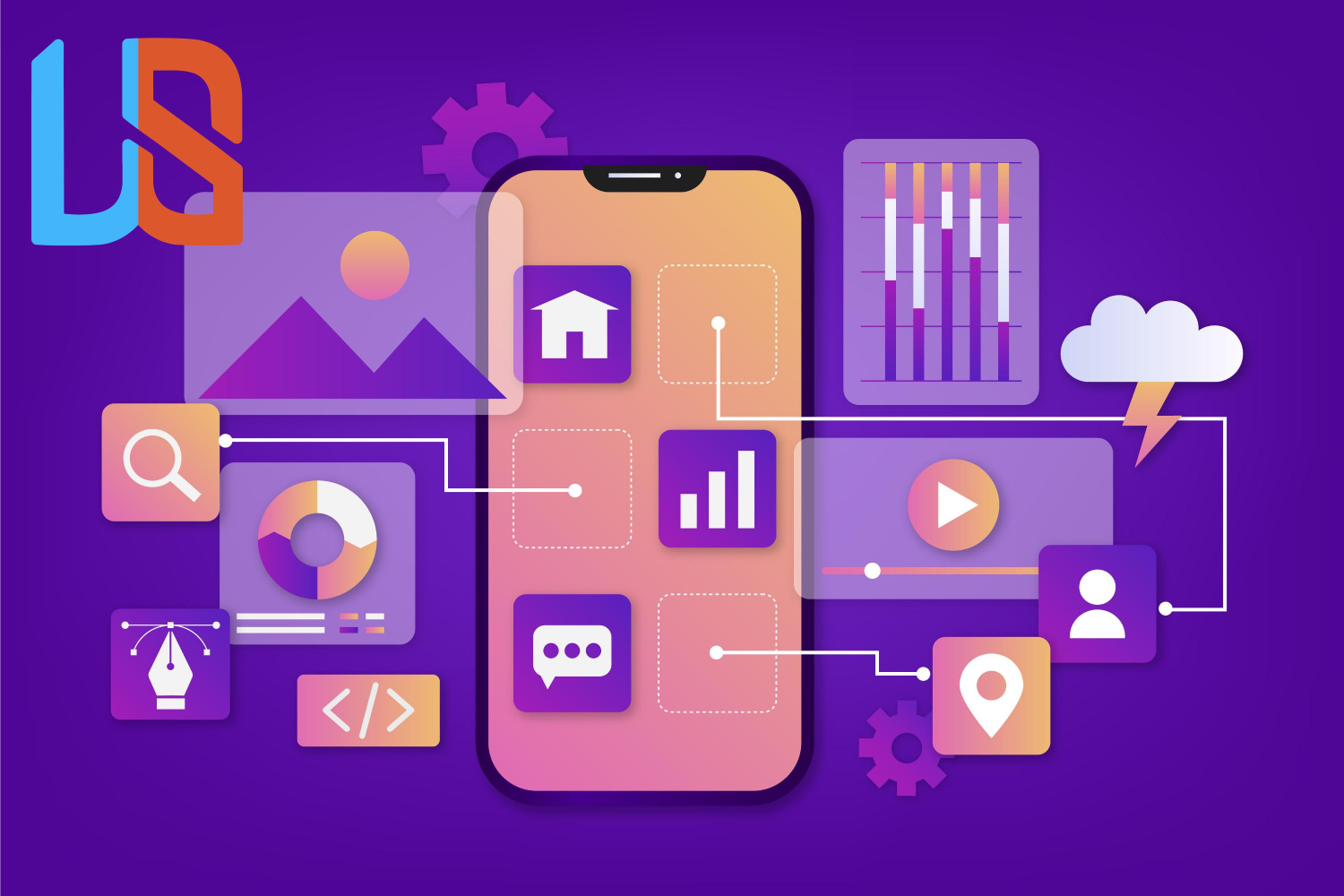
Introduction
Progressive Web Apps (PWAs) have emerged as a revolutionary approach to bridging the gap between traditional web applications and mobile apps. Combining the best of both worlds, PWAs offer the performance and capabilities of native mobile apps while utilizing web technologies for cross-platform compatibility. This article explores the rise of Progressive Web Apps and how they are transforming the landscape of mobile and web development.
1. What are Progressive Web Apps?
Progressive Web Apps are web applications that leverage modern web technologies to provide an app-like experience to users. They design them to be responsive, reliable, and engaging, regardless of the user’s device or network conditions. PWAs use Service Workers, a JavaScript-based technology, to enable offline functionality, push notifications, and background syncing.
2. Key Features of PWAs
- Offline Access: PWAs can work offline or in low network conditions, allowing users to access content and perform actions even without an internet connection.
- Responsive Design: PWAs are designed to fit and function seamlessly on various screen sizes, from desktops to mobile devices.
- App-like Interface: PWAs provide a native app-like user interface, with smooth animations and interactions.
- Fast Loading: PWAs load quickly, reducing bounce rates and improving user retention.
- Secure: PWAs are served over HTTPS, ensuring data security and protecting users’ information.
- Discoverable: PWAs are easily discoverable through search engines, shareable via URLs, and do not require installation from app stores.
3. Benefits of PWAs
- Improved User Experience: PWAs offer a seamless and engaging user experience, leading to higher user satisfaction and longer sessions.
- Cross-platform Compatibility: A single PWA can be accessed on multiple platforms, reducing development and maintenance efforts.
- Cost-effective Development: PWAs eliminate the need to develop separate apps for different platforms, saving time and resources.
- Increased Reach: PWAs can be accessed via a URL, making them accessible to users without the need for app store downloads.
- Better Performance: PWAs are optimized for speed and efficiency, resulting in faster loading times and smoother interactions.
4. PWAs vs. Native Mobile Apps
While PWAs offer numerous advantages, native mobile apps still have their strengths. Native apps can access device-specific features and have greater access to hardware capabilities. Additionally, they may provide a more immersive experience for users. PWAs, on the other hand, are more accessible, require no installation, and are easier to maintain and update.
5. Examples of Successful PWAs
Several well-known companies have embraced PWAs to enhance their user experiences:
- Twitter Lite: Twitter Lite is a PWA that delivers a fast and data-efficient experience for users, especially in regions with slow network connectivity.
- Starbucks: Starbucks’ PWA enables customers to place orders, customize drinks, and make payments through a smooth and engaging interface.
- Pinterest: Pinterest’s PWA offers a visually rich experience, allowing users to discover and save content seamlessly.
6. Building a Progressive Web App
To build a successful PWA, developers should focus on the following:
- Responsive Design: Ensure your PWA works flawlessly on various devices and screen sizes.
- Offline Functionality: Implement Service Workers to enable offline access and caching of essential resources.
- Security: Serve your PWA over HTTPS to ensure data security and protect user information.
- Engaging User Interface: Design an app-like interface with smooth animations and intuitive interactions.
- Performance Optimization: Optimize your PWA for fast loading and smooth performance.
7. PWA Adoption and Future Outlook
As more companies recognize the benefits of PWAs, adoption is steadily growing. PWAs are becoming an integral part of the mobile and web development landscape, revolutionizing how businesses deliver app-like experiences to their users. With ongoing advancements in web technologies, the future of PWAs looks promising, and they are likely to continue transforming the way we interact with digital content.
Conclusion
Progressive Web Apps have emerged as a game-changer, blending the best features of mobile apps and web technology. Offering a seamless and engaging user experience, PWAs are transforming the way businesses reach and interact with their audiences. As more companies embrace PWAs, the landscape of mobile and web development will continue to evolve, providing users with faster, more accessible, and enjoyable digital experiences.





